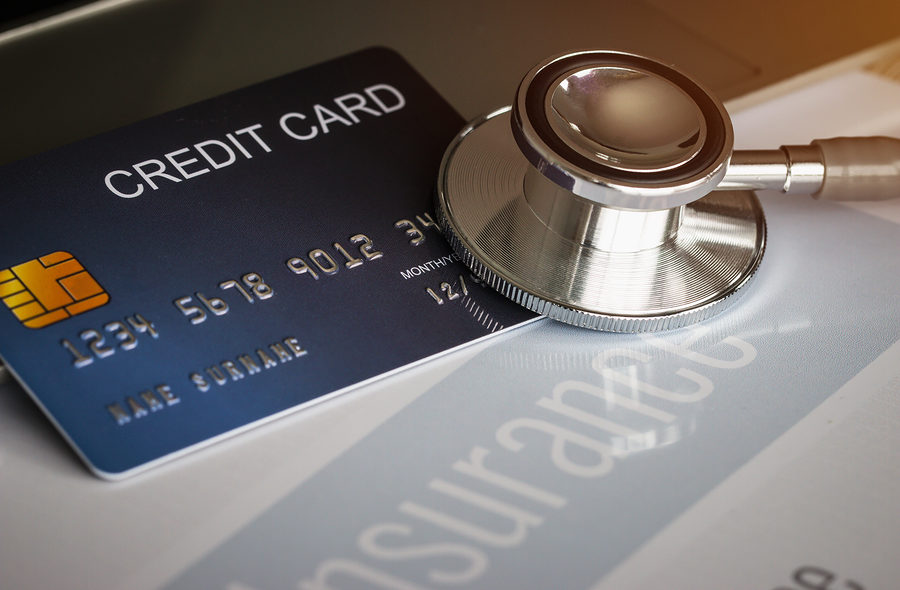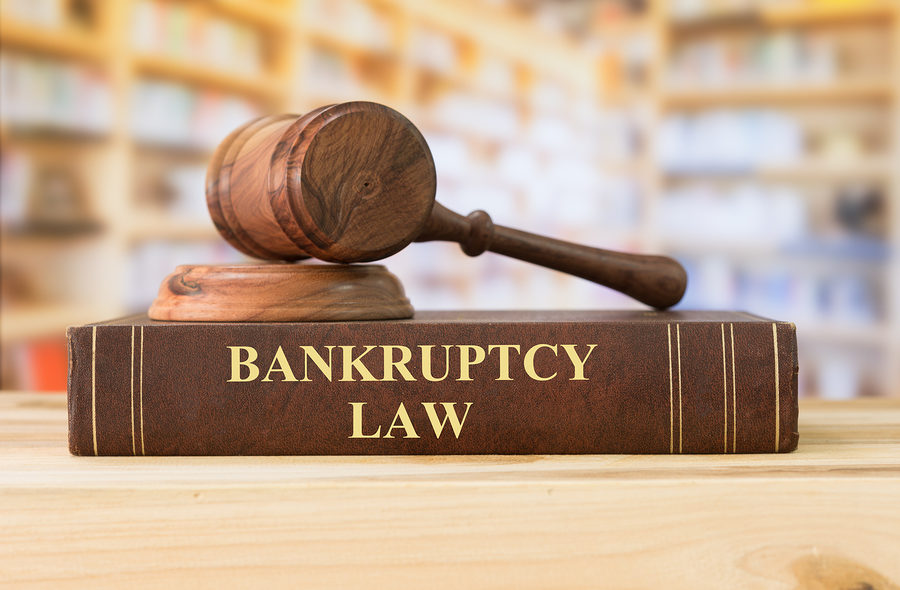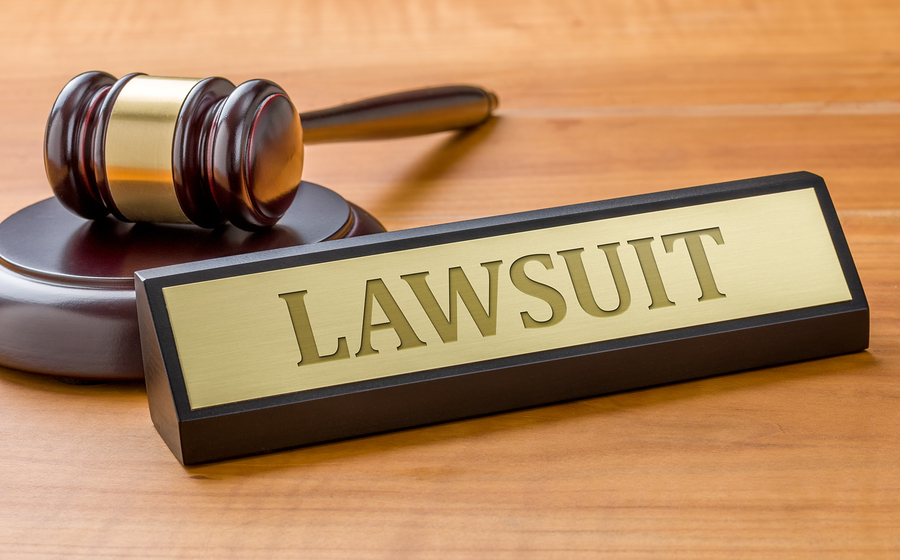With the rising costs of health care and inflation, it is not uncommon for seniors to seek bankruptcy relief. Although bankruptcy can remain on a filer’s credit report for seven to 10 years, depending on the type of bankruptcy, there are certain steps seniors can take to boost their credit score during this period.
Prepare a Budget
One of the most important steps a senior can take after filing for bankruptcy is to prepare a budget. Many agencies, including the AARP Foundation, will work with the senior to prepare one. Most seniors live on fixed incomes, which leave very little room for unexpected expenses, such as large medical bills or expensive home repairs. However, if senior consumers can put together a plan that gives them leeway to pay for the unexpected, this budget will help them prevent falling into the same financial situation, again.









